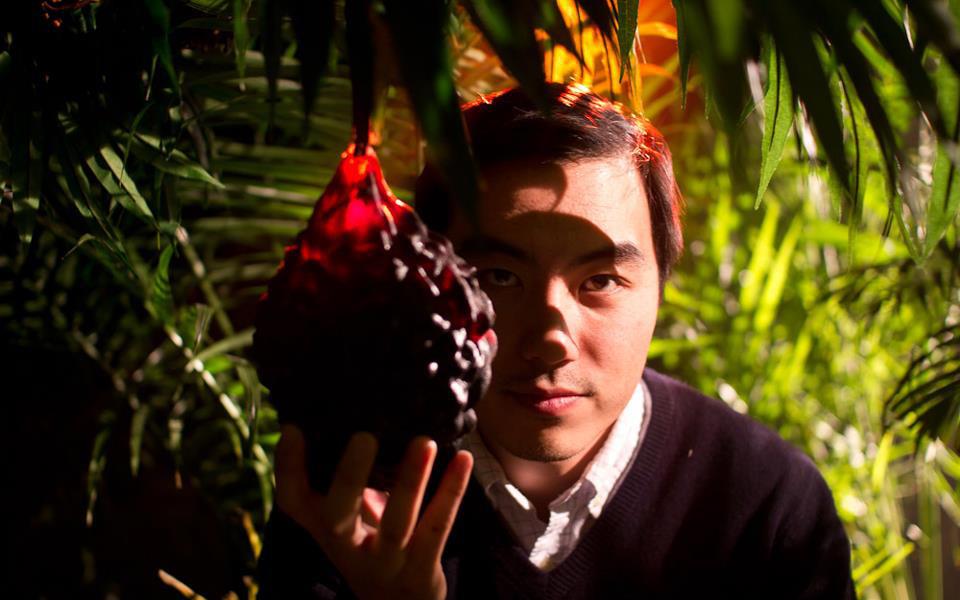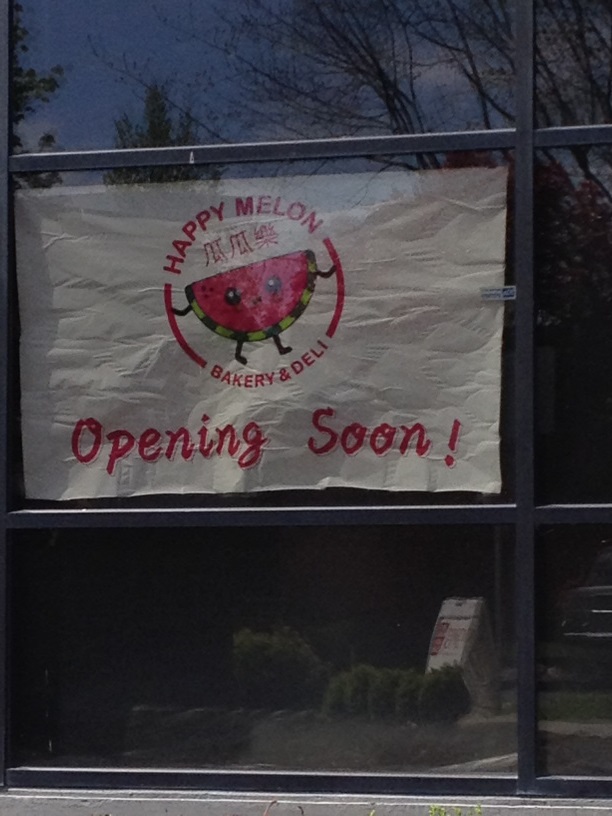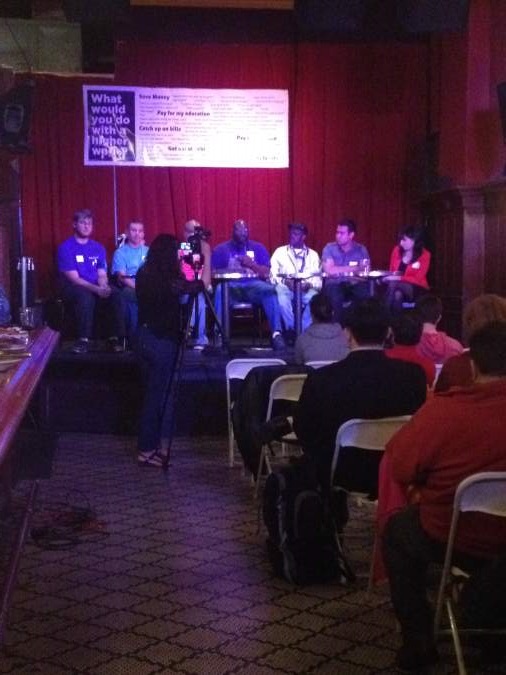Pitmaster Sam Jones, who’s cooked Auburn (Wash.) farmer Heath Putnam’s Mangalitsa pigs at the last two “Memphis in May” contests as a member of the all-star Fatback Collective, says a growing number of his colleagues are lobbying pork producers to rethink a decades-long effort to breed fat and flavor out of pigs.
Jones, 31, manages the pits at the Skylight Inn, the famed Ayden, N.C., joint that his grandfather opened in 1947. Although he daily hoists whole hogs into the smoker, Putnam’s woolly heirloom pig was the first one with a three-inch-deep outer layer of fat that Jones had ever encountered.
“Right then, I was already having dreams of what that pig was going to taste like,” Jones recalled in a panel discussion convened by the Southern Foodways Alliance, which recently hosted a three-day romp through Eastern Carolina barbecue country. “I had pictures on my phone, and I was like, ‘Check out this pig.’ “
Older relatives who looked at the pictures confirmed they hadn’t seen such fat pigs since they were children. Bum Dennis of Bum’s Restaurant in Ayden, who joined Jones on the panel, remembered a time when hogs strung up by their feet in his freezer hovered a half-foot or more above the floor. Now, he says, it’s common for their snouts to graze the ground. That’s because pork producers who prioritize yield over quality—and health-conscious eaters who fear fat—favor a long, lean pig.
“We’ve bred the natural goodness out of pigs,” Jones says. “But there is a movement to bring quality pork back to blue-collar communities.”
The current standard pig, typically referred to as a “packer hog,” is so lean that it doesn’t produce enough drippings for the Skylight Inn to use in its collards; Jones says the cooks are forced to supplement with lard. By comparison, a Mangalitsa is so thick with flammable fat that Jones nearly ignited an inferno when he first tried to cook it. “First time I cooked one, I was like, ‘It’s a pig, not a foreign math problem,’ ” Jones says, before he realized it was very nearly a different animal than the pigs he’d been trained to smoke.
Packer hogs make economic sense: Mangalitsa pigs cost $5 a pound, or nearly five times as much as their industrial cousins. Still, Jones thinks there’s a middle ground. His restaurant is now working with its pork supplier to secure a pig that’s “still raised on concrete,” but with a different diet.
Flavor matters in eastern Carolina, Jones says, because the meat’s not obscured by sauce. “You could eat a napkin if you put enough sauce on it,” says Jones, indulging in a subtle dig at his western neighbors. Yet he hasn’t yet found a hog with flavors to rival the Mangalitsa.
“If it’s being served within 50 miles, get it,” he says. “Break the law if you have to.”








